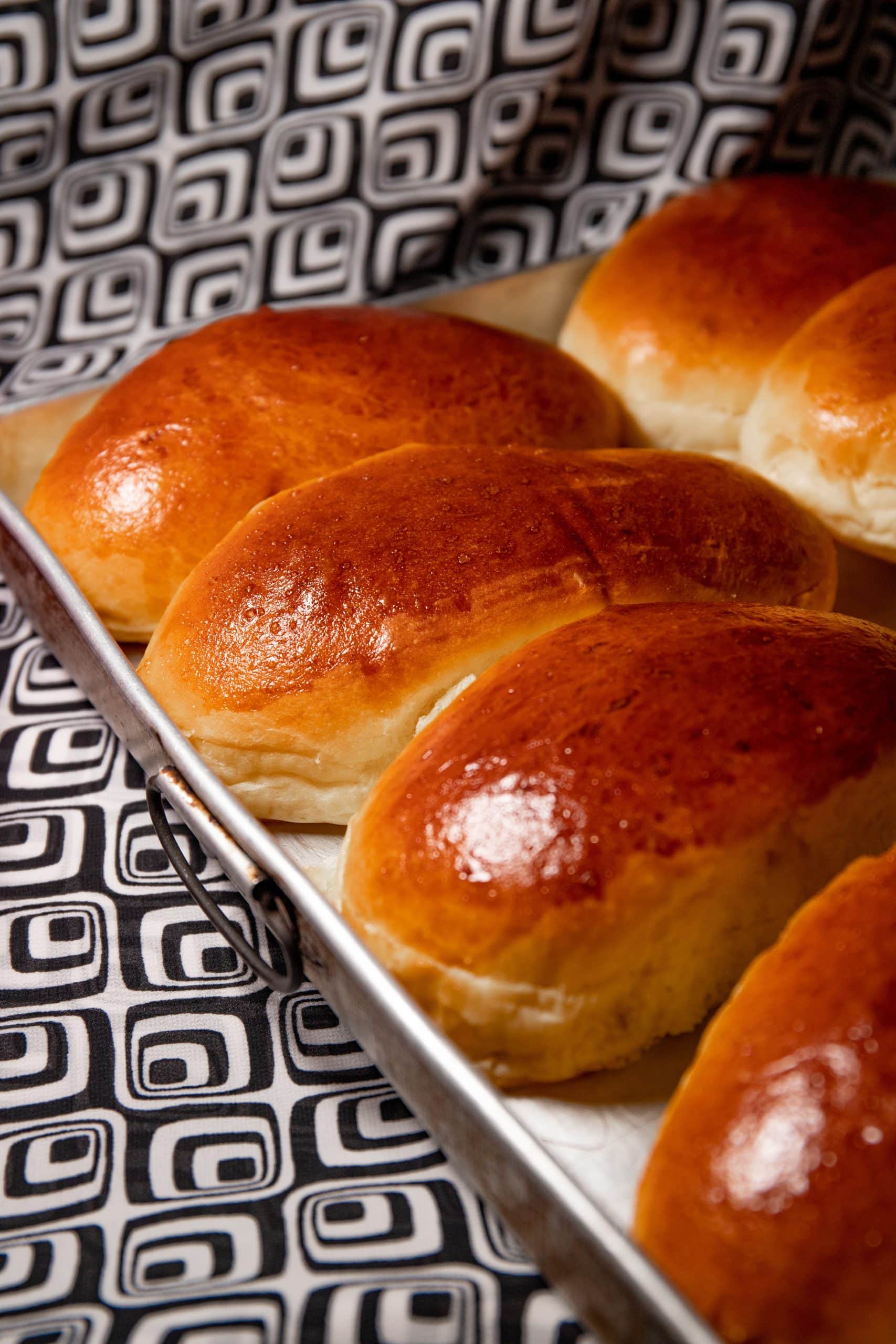What are the best tips for making fluffy brioche?

Brioche, a classic French bread known for its tender, soft crumb and rich flavor, can sometimes feel intimidating to make at home. After all, it’s not just about mixing and shaping the dough. Brioche requires patience, precision, and special attention to ensure every slice is as fluffy and delicious as possible. Thankfully, with a few expert tips, you will master the art of making brioche in no time.
Mastering the Basic Brioche Recipe
Before we delve into the tips and tricks, it’s crucial to understand the basics of a brioche recipe. A classic brioche recipe typically consists of flour, yeast, eggs, sugar, milk, and butter, lots of it. The butter is what gives brioche its distinct, melt-in-your-mouth texture.
In parallel : How do you make a delicious vegan curry?
When making the dough, start by combining the flour, sugar, yeast, and salt in a large mixing bowl. You’ll then add the eggs and milk, which should be at room temperature. This is to ensure that the yeast activates properly. Once the dough starts to come together, you can gradually add the butter in small increments. This process helps to evenly distribute the butter throughout the dough, creating that signature brioche fluffiness.
The Importance of Yeast and Proofing
Getting the yeast process right is one of the most critical aspects of making brioche. Yeast is the key ingredient that helps your dough rise and gives it a light, airy texture. When dealing with yeast, make sure it’s fresh. Expired yeast will not give you the rise you are looking for.
Additional reading : How to create the ultimate vegan breakfast?
To activate the yeast, you’ll typically need to dissolve it in warm milk or water. The temperature of the liquid is essential. It should be warm, but not too hot. A temperature between 105 to 110 degrees Fahrenheit is just right. Too hot, and the yeast will be killed; too cold, and it will not activate.
Once your dough is mixed, it’s time for the rise. This process, known as proofing, allows the yeast to do its magic. Ideally, you should let your dough rise in a warm, draft-free place for about 1 to 2 hours, or until it has doubled in size.
Butter: The Star of Brioche
As previously mentioned, butter plays a significant role in making brioche. It contributes to the richness and tender crumb that brioche is famous for. When making brioche, you should use unsalted butter and add it in small portions while the mixer is running.
The butter needs to be at room temperature, not melted. This allows it to incorporate into the dough easily. Adding cold or melted butter can affect the texture of your brioche and prevent it from reaching that sought-after fluffiness.
Kneading: Patience is Key
Kneading your brioche dough properly is another tip you cannot overlook. Good kneading will help develop the gluten in the flour, which gives the brioche its structure. The dough should be kneaded until it is smooth and elastic.
This process can take up to 15 to 20 minutes by hand and about 10 minutes using a mixer. Be patient and resist the temptation to add more flour if the dough seems too sticky. Extra flour can make your brioche dense rather than fluffy.
Shaping and Baking Your Brioche Loaf
Once your dough has risen and doubled in size, it’s time to shape and bake your loaf. There are many ways to shape a brioche, from a simple loaf to intricate braids. No matter the shape, make sure to place it in a greased pan to prevent it from sticking.
Before placing your brioche in the oven, you can brush it with an egg wash. This will give your loaf a glossy, golden finish. Bake your brioche in a preheated oven at 375 degrees Fahrenheit for about 20 to 30 minutes, or until it’s golden brown and sounds hollow when tapped.
The Waiting Game: Let it Cool
Finally, one often overlooked tip is letting your brioche cool before slicing it. It may be tempting to slice into your freshly baked loaf right away, but patience is key here. Letting your brioche cool will allow it to finish cooking from the residual heat and make it easier to slice. The end result? A beautifully fluffy and soft brioche that is well worth the wait.
In conclusion, making brioche may seem like a daunting task, but with these tips, you will be well on your way to mastering it. Remember, patience and precision are key, and don’t forget to enjoy the process. Happy baking!
Perfecting the Dough Rise and Brioche Shape
The beauty of brioche bread lies in its light, airy texture. Achieving this texture heavily depends on allowing the dough to rise appropriately. This stage, known as proofing, is where the activated yeast works wonders in your dough. Cover your dough with plastic wrap and place it in a warm place, away from drafts. Ideally, you would want the dough to double its size. This process typically takes between 1 to 2 hours.
But remember, patience is key. Don’t rush the dough rise. It’s tempting to move on to the next step if you don’t see much change, but giving it the full time will result in a fluffier brioche.
Once the dough has doubled in size, it’s time to shape your brioche. You can opt for a simple loaf or get creative with intricate designs. If you’re making brioche buns, remember to size them consistently for even baking. Regardless of the shape, ensure that your loaf pan is properly greased to prevent sticking.
Conclusion: The Joy of Baking Brioche
Baking brioche is a labor of love. It requires patience, precision, and a good understanding of your ingredients. Mastering the basics of a brioche recipe, appreciating the crucial role of yeast and butter, kneading with patience, and understanding the importance of dough rise can make the difference in your bread.
Remember to use fresh ingredients and follow the recipe closely. Pay attention to details, like ensuring your ingredients are at room temperature and knowing when your dough has been kneaded enough.
Time is an essential ingredient in baking brioche. From waiting for the dough to rise until it has doubled in size to allowing your baked brioche to cool down before slicing into it, patience truly pays off.
But perhaps the most important tip in making fluffy brioche is to enjoy the process. The art of making brioche is not just about the end product, but the joy you derive from the process of combining simple ingredients into a rich, tender loaf.
Take time to appreciate each step, from the moment the dry yeast dissolves in the warm milk, to the beautiful golden brown brioche coming out of the oven. With practice, you’ll not just perfect the art of making brioche but also find a meditative joy in baking. Happy baking!
